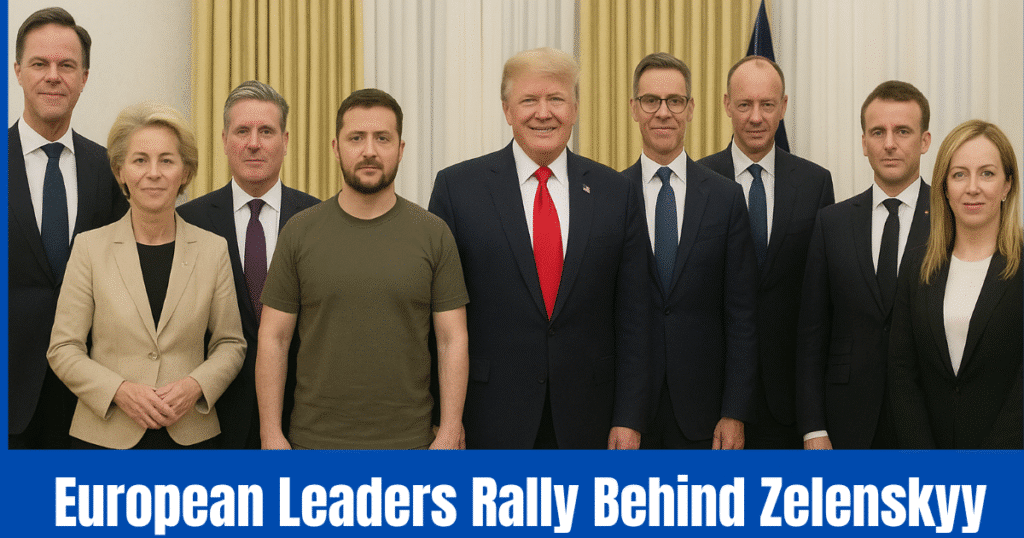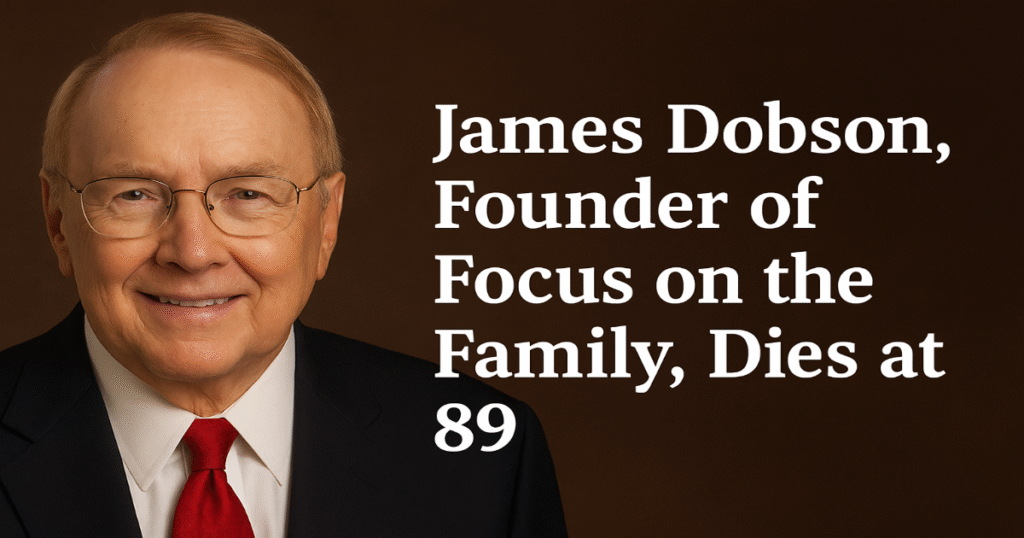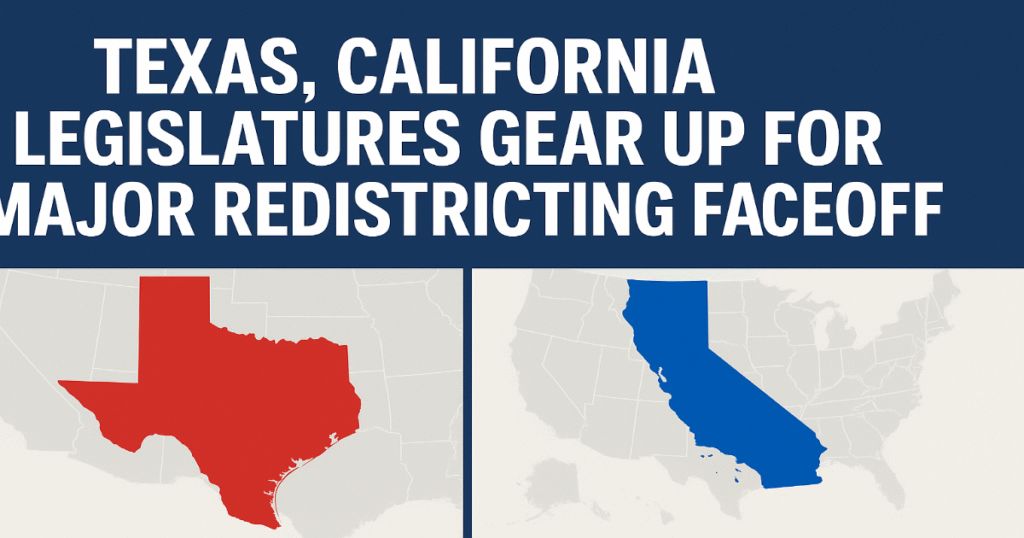
In the latest chapter of the ongoing Ukraine crisis, Russia has delivered a sharp warning to Western powers and Kyiv: any discussion of Ukraine’s long-term security without Russian participation is, in Moscow’s words, a “road to nowhere.” The phrase may sound blunt, but it sums up the Kremlin’s frustration at being sidelined in conversations that directly affect its interests.
At a time when Ukraine is lobbying hard for Western-backed security guarantees and NATO members are deepening their military aid commitments, Russia insists that ignoring its voice will not bring peace closer—it will push it further away.
So, is Russia right? Can security talks that deliberately exclude the Kremlin lead to a lasting settlement, or will they simply harden divisions? Let’s break down what’s happening, what both sides want, and what it means for the rest of the world.
Moscow’s Message: No Peace Without Us
From Russia’s point of view, leaving Moscow out of discussions about Ukraine’s future is not only insulting but unrealistic. After all, Russia is one of the central players in the war, both militarily and politically. Whether the world likes it or not, Moscow’s army still controls territory in eastern and southern Ukraine, and its decisions shape the conflict’s direction every day.
Foreign Ministry spokespeople have hammered home the same line: peace cannot be negotiated in a vacuum. If Kyiv and its allies think they can design a new European security framework while pretending Russia doesn’t exist, the Kremlin says they’re fooling themselves.
This isn’t just about pride. Russia argues that NATO’s eastward expansion and Western weapons flowing into Ukraine are part of the problem. Ignoring those issues, they claim, means ignoring the roots of the war itself.
Ukraine’s Search for Guarantees
On the other side of the battlefield, Ukraine is pushing hard for ironclad guarantees from Western allies. President Volodymyr Zelenskyy has repeated many times that Ukrainians cannot return to “business as usual” once the fighting stops.
Kyiv’s idea is something like a “security shield” backed by the United States, European powers, and perhaps even countries outside NATO. This wouldn’t necessarily mean immediate NATO membership, but it would involve long-term commitments: military aid, modern weapons, joint training, and economic support.
For Ukraine, this isn’t just wishful thinking. After experiencing full-scale invasion in 2022, Ukrainians see such guarantees as the only way to prevent Russia from regrouping and striking again. To them, excluding Russia is deliberate—and necessary. Why would you let the aggressor sit at the table to decide how its victim should be defended in the future?
Why the Kremlin Feels Cornered
If Ukraine succeeds in building such a Western-backed security pact, Russia could end up isolated from Europe’s future security system. That’s exactly what Moscow wants to avoid.
Think about it from Russia’s perspective: NATO would be arming and training Ukraine indefinitely, right on Russia’s doorstep. Instead of reducing threats, Russia believes this would lock in permanent hostility.
That’s why Moscow is calling these talks a “road to nowhere.” In their eyes, this isn’t about peace; it’s about the West redrawing the map of Europe without Russian input.
The Western Balancing Act
Western allies are largely supportive of Ukraine’s security plans, but unity is not absolute. The U.S. and major European countries like Germany, France, and the UK are providing weapons, money, and political cover. Yet behind closed doors, some leaders worry:
- Could excluding Russia lead to a longer, bloodier war?
- Will Western taxpayers accept the cost of supporting Ukraine for decades?
- Could NATO be dragged into direct confrontation with Moscow?
Publicly, the West stresses Ukraine’s right to decide its future. Privately, some officials admit that any security arrangement that doesn’t include Russia could be shaky at best.
A Look Back: Russia and Europe’s Security
To understand Moscow’s stubbornness, it helps to rewind the clock. Since the collapse of the Soviet Union, Russia has complained about being cut out of Europe’s security architecture.
NATO expanded eastward through the 1990s and 2000s, bringing in countries like Poland, Hungary, and the Baltic states. For the West, this was about spreading stability and democracy. For Russia, it felt like encirclement.
The 2014 annexation of Crimea and the later invasion of Ukraine in 2022 were, in the Kremlin’s narrative, the result of years of being ignored. That doesn’t excuse aggression, but it explains why Moscow insists on having a seat at the table.
Can Peace Be Built Without Russia?
Here lies the central dilemma. Many Ukrainians and their Western backers argue: yes, you can build peace without Russia, because Russia is the aggressor and cannot be trusted. They point to broken agreements in the past—like the Minsk accords—as evidence that Moscow signs deals but doesn’t respect them.
But others argue: no, you cannot create a lasting settlement while ignoring the other side. Exclusion might feel morally satisfying, but practically it could lead to a frozen conflict, constant skirmishes, and the risk of escalation.
It’s like trying to build a house while refusing to deal with the neighbor whose fence runs through your yard. You can ignore them, but eventually, the dispute will spill over.
The Global View
The rest of the world is watching closely, and opinions differ:
- China echoes Russia’s calls for inclusive talks, partly because Beijing dislikes Western-led structures.
- India stays cautious, calling for diplomacy but avoiding taking sides too openly.
- Africa and Latin America are split—some see Ukraine as a symbol of sovereignty, others see the war as a Western vs. Russian power struggle.
This global divide shows why the conflict is bigger than Europe. It’s also about who gets to set the rules of international order.
Human Cost Cannot Be Ignored
Amid talk of security guarantees, alliances, and strategy, the human side is often overshadowed. Millions of Ukrainians remain displaced; entire towns have been reduced to rubble. Russian families, too, are losing young men on the battlefield.
For ordinary people, phrases like “road to nowhere” are more than diplomatic soundbites—they mean years of uncertainty, fear, and loss. That’s why the urgency for genuine talks, however difficult, keeps growing.
What Happens Next? Possible Paths
Looking ahead, several scenarios are possible:
- Ukraine and the West push ahead with their own security pact, leaving Russia fuming but isolated.
- International pressure forces Russia back into talks, possibly through mediators like Turkey, China, or the UN.
- A frozen conflict emerges, with neither side fully winning or losing, but fighting simmering for years.
- A political shift—whether in Moscow, Kyiv, or Western capitals—creates new openings for compromise.
None of these paths are easy. Each carries risks, both for the region and for the wider world.
Conclusion
When Russia says that talks on Ukraine’s security without Moscow are a “road to nowhere,” it is both a threat and a plea. A threat, because it signals that Moscow will not accept being sidelined. A plea, because it reveals Russia’s fear of being locked out of Europe’s future security framework.
For Ukraine, including Russia in such talks feels like rewarding aggression. For the West, it’s a balancing act between supporting Kyiv and avoiding wider escalation. For the rest of the world, it’s a test of whether international security can be shaped by cooperation—or whether it will continue to fracture into rival blocs.
In the end, whether these talks truly are a “road to nowhere” depends on whether the world can find a way to bridge this divide. Until then, the phrase may sadly capture the stalemate that defines this war.
Also Read: Ketel Marte Apologizes While Arizona Diamondbacks Go Into Full-Scale Damage Control
Visit: Cheapest Sale

Hey I am Srimanta Pradhan brings 10 years of experience to News Broadcast and Marketing, specializing in effective communication.A specialized content writer with a decade of expertise crafting compelling narratives for News Broadcast and Marketing. Transforms complex information into engaging, impactful content.




















